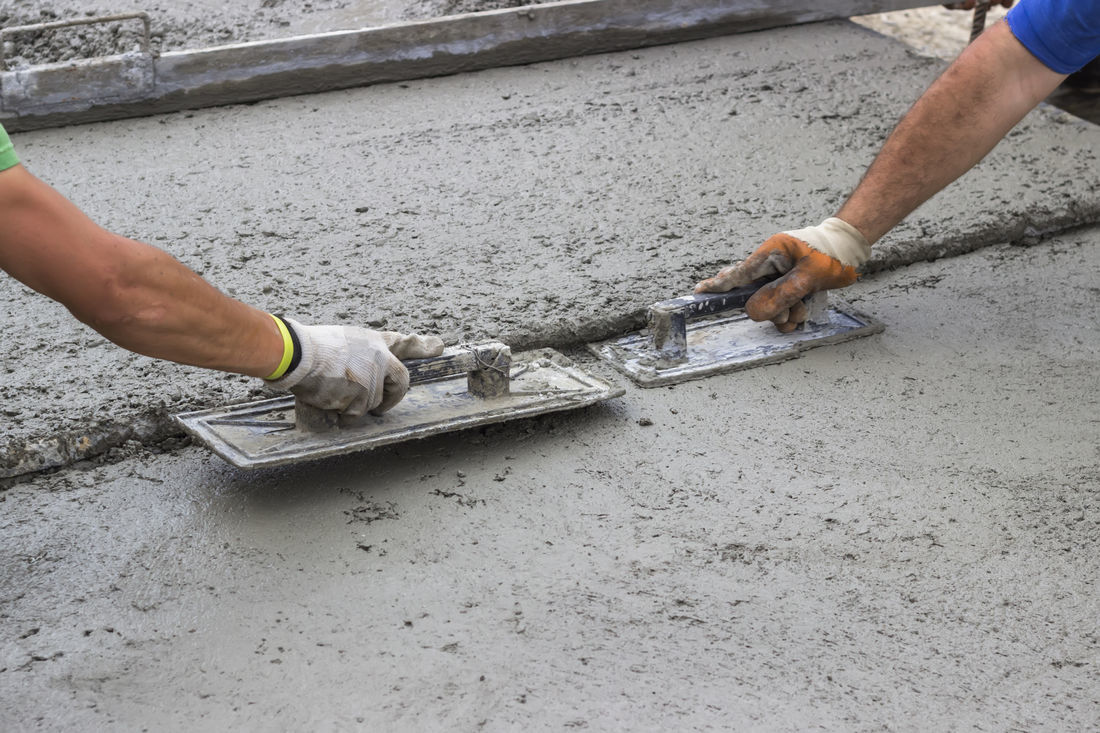Concreting sounds easy and can look great but let me assure you, it’s a total DIY nightmare.
Dad’s a DIY kind of man and is thinks he’s capable of doing pretty much any job himself. He’s built and installed everything from floor to ceiling in our home, including the kitchen sink! So, it’s no surprise he resurfaced the driveway himself.
It was in late Feb, and a hot night at that. I came home to find the driveway roped and signed off. ‘Wet concrete.’ Watch out! Dad’s handy concreting work had come to an end.
And the final product, lo and behold, metres of set concrete from the porch to the footpath covered in dog prints.
With not a lot of room in our budget, Dad was pretty grumpy with his failed outcome, and it’s turned out to be quite costly to hammer out the concrete and re-pour it.
Dad probably should have considered the cost of getting it done by someone professional versus doing it himself. All that hard work for nothing!
Although the driveway is a minor part of concreting when it comes to building, it’s essential to recognise concrete is tricky, and any concreting job needs to be taken seriously. The problem with concrete is if it’s laid incorrectly, it can do non-reversible damage to the area, and if concrete is the foundation for any building, there is NO room for error.
When concreting you need to know when to resurface it because if you do it too early, this wastes time and money. Concrete is pretty particular with the elements, and if you choose to lay your concrete at the wrong time, it can end up being discoloured, cracked or stained.
AND who has the time to sit around calculating the amount of concrete needed for the size of your job, not to mention the coverage? Unforeseen variables and concreting can mean you end up sprinting back to your supplier to hurriedly fix any mistakes.
Concrete is tricky and despite appearing to be a simple task is actually quite complicated. Let’s get down to the nitty-gritty. Layering concrete is possibly the most crucial stage of the job. Placing too much concrete at any one area at a time, or failing to even the concrete out adequately can result in incomplete consolidation which causes an uneven finish.
If concrete is poured out against concrete that has already hardened to some degree the surface ends up with a weakened bond between the existing and newly poured layers of concrete. And that’s only the beginning!
Troweling your concrete can be done by machine or by hand and is done to make the surface hard and dense. But if done too soon, water can be forced back into the surface layer of the concrete which increases the water to cement ration, and you end up with a surface that is overly spongy and of poor durability, reducing the overall strength of the surface.
So, how do you figure out the best way to layer your concrete? Well, it’s really a job for professionals and the quality of workmanship matters. No matter how big or small the job requirement is, an expert team can always help you out.
We can help lay the foundation to your business success, literally!

